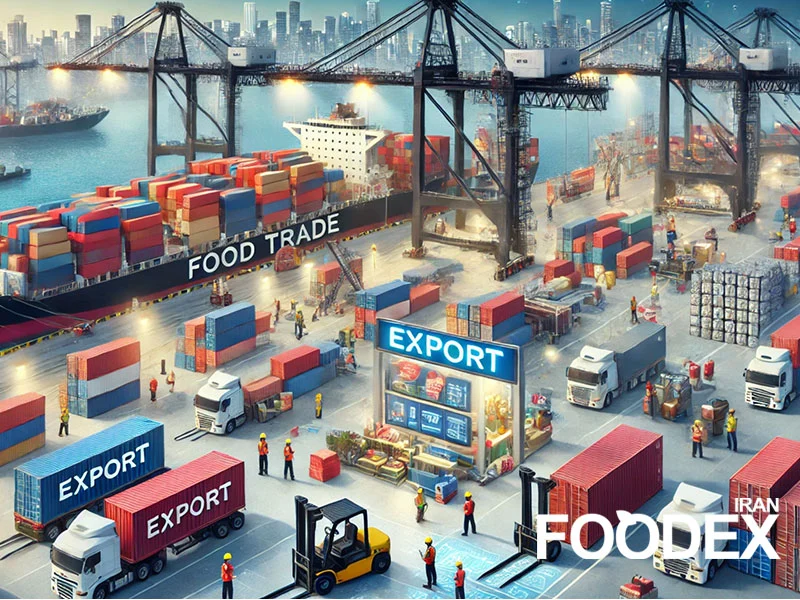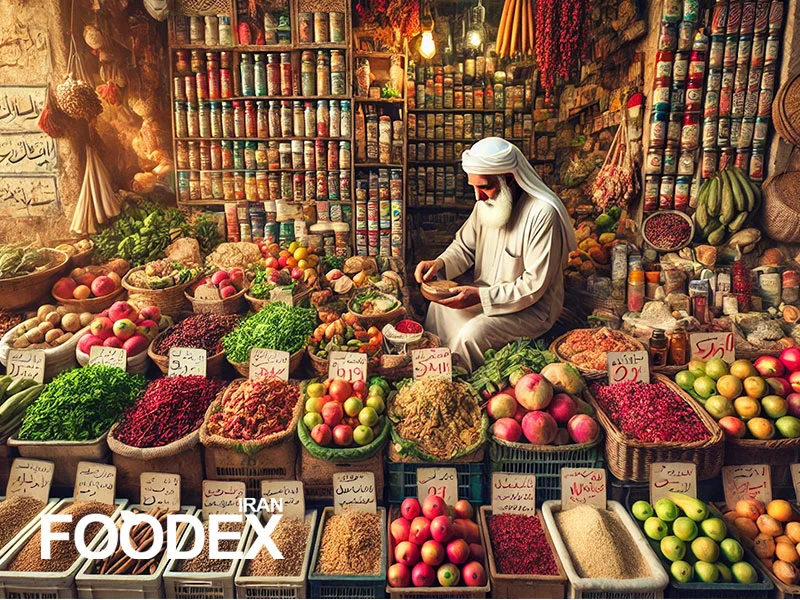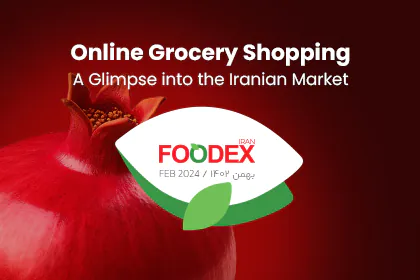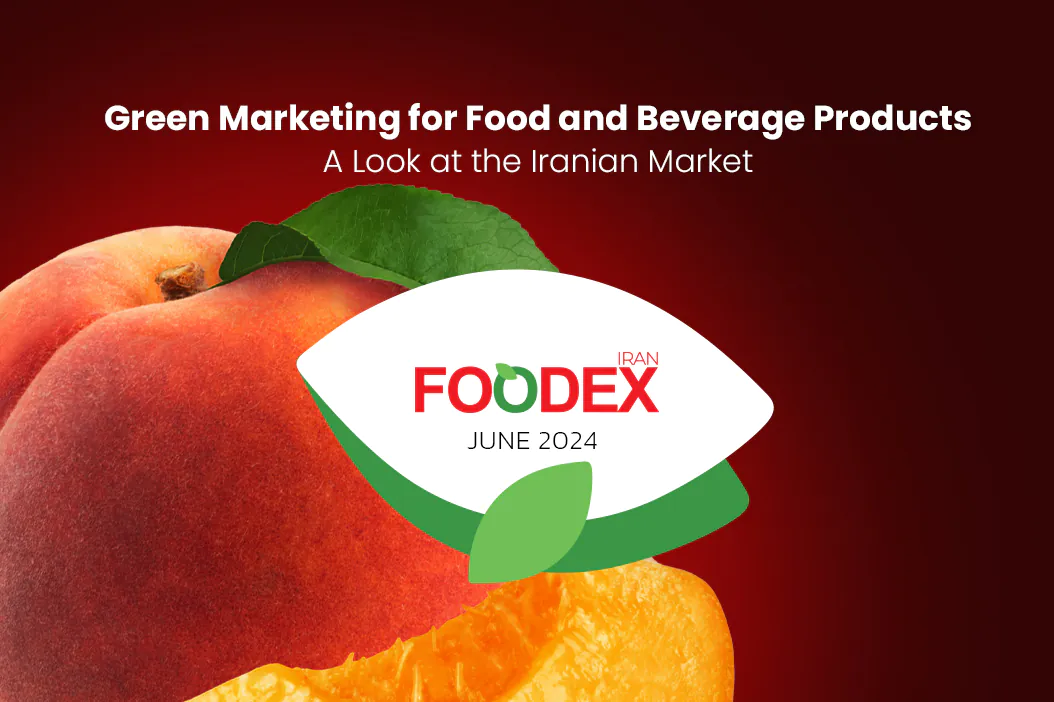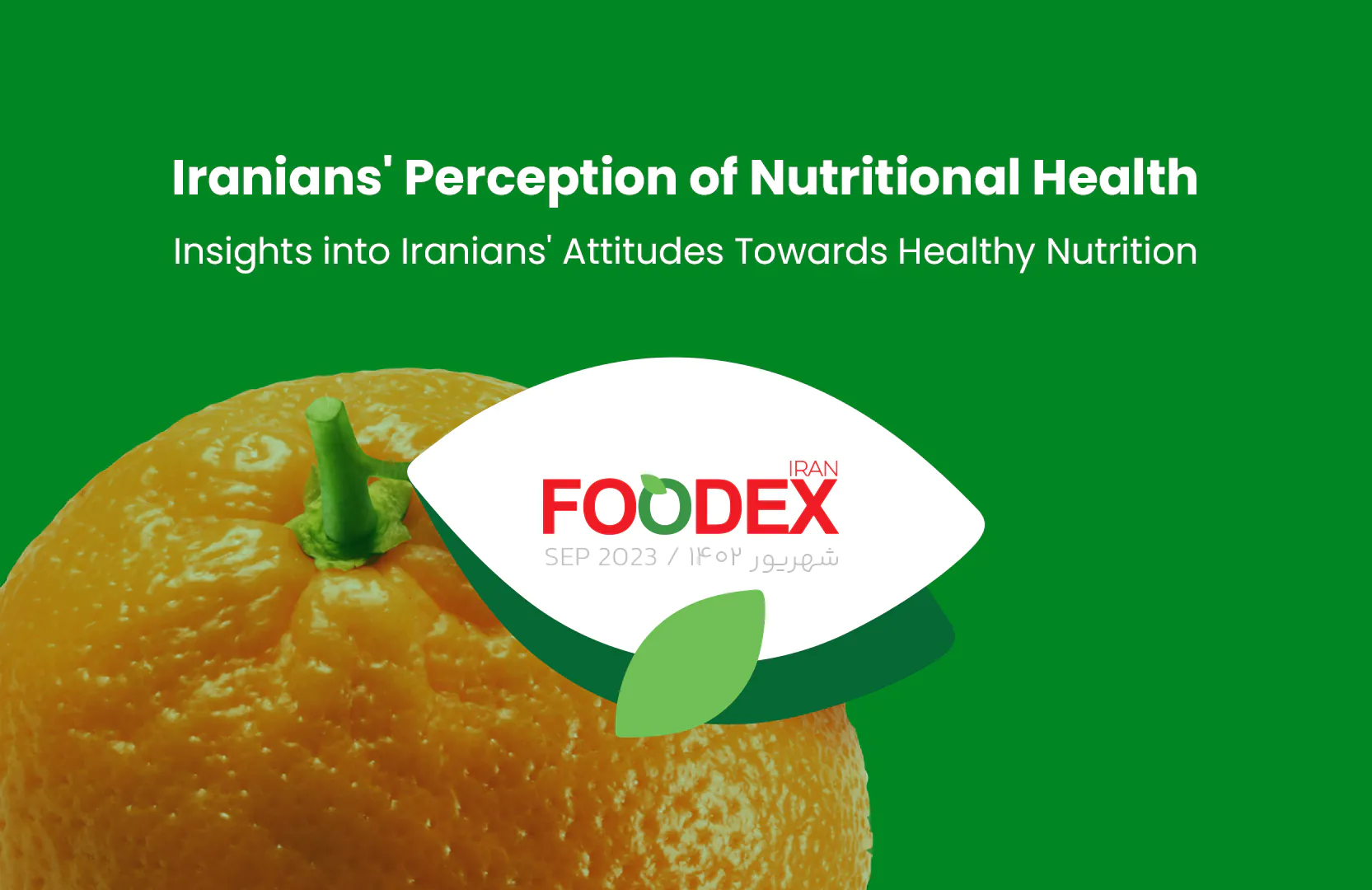In this article, Foodex Iran tours fresh trends in the global food trade. New developments within this industry are influenced by economic changes, technological changes, changing consumer preferences, and the establishment of new regulations in countries.
Therefore, these changes offer a better avenue for Iranian exporters and importers to compete domestically and internationally and realize new trends. This article discusses regulatory changes, emerging opportunities in international markets, and the importance of technology in the food supply chain.
Section 1: Key Developments in Middle Eastern and Nearby Markets
This section underlines the recent changes in Middle Eastern and neighboring country markets and serves as a necessary guide for Iranian exporters to successfully enter these regions.
New Trade Agreements and Partnerships in the Middle East
The Middle East is an important market for exporting Iranian foodstuffs. New agreements made with the following neighbors have been quite helpful for food exports and economic growth: Iraq, UAE, Qatar, and Oman. These new collaborations are leading to increased Iranian food exports to these places.
Opportunities for Iranian Exporters
- Growing demand for fresh and organic produce within the Gulf nations.
- There is a high potential for exportation of processed and hygienically packed foodstuffs, as countries like Qatar and Oman are in increasing demand for quality products.
Changes in GCC Regulations
In recent years, GCC member states have increasingly applied a more stringent health and safety regime to foodstuffs from Iranian exporters. Such new regulations might raise obstacles to successful entry into these markets.
Key Points for Exporters
- Compliance with new packaging norms and usage of environmentally friendly raw materials.
- Clear labels showing the product content, production date, and expiration date are also needed.
- Strict Halal requirements are especially paramount in GCC Islamic countries.
Regional Demand Trends
This change in consumer preference in the Gulf region and emerging interest in healthy and organic products presents an opportunity for Iranian producers to seize by offering high-quality, nutritious products.
Available Opportunities
- Exports of organic and processed products, fruits, and vegetables are all in strong regional demand.
- We are a supplier of traditional Iranian products, whose demand has increased due to changing tastes, especially among Arab countries.
Chapter 2: Distant Market Opportunities
By expanding into the global marketplace, especially into key European and Asian markets, Iranian exporters are, on the one hand, opening themselves to new revenue streams and opportunities. The section brings into focus ways of successfully entering said markets.
Expanding into European Markets
The European market is also highly competitive and demands goods that must meet stringently controlled standards in safety, environmental impact, and labeling challenges for Iranian exporters. Nevertheless, this region’s demand for Iranian agricultural and organic produce remains high.
Iranian Exporters Opportunities
- Increased demand for organic and natural products.
- Europe highly values exporting high-quality Iranian goods, such as saffron, dried fruits, dates, and pistachios.
Opportunities Emerging in Asia: China, India, and Southeast Asia
In addition, economic growth and sizeable populations on both sides of the continent make these regions attractive markets for food exports. The following approaches are recommended for Iranian exporters during their entry into these emerging markets.
Market Entry Strategies into Asia
- Making use of advanced packaging technologies to preserve the quality of the product.
- Specialization in high-value niche products such as saffron and pistachios that are in demand within these markets.
Demand Trends in Russian and CIS Markets
The Russian and CIS markets remain important destinations for Iranian food exports. While these countries are subject to some form of international restriction due to several demand directions, they provide essential trade opportunities for Iranian exporters.
Key Points
- Adapting the new import regulations of Russia regarding quality and labeling.
- There are opportunities for exporting dairy products, fruits and vegetables, and protein products, which are in demand in Russia.
-
The Export Potential of Iranian Food Products
Read More
Section 3: The Role of Technology and Logistics within Food Trade
Technological development in logistics and chains has transformed this business into a crucial determinant for enhancing the exportation of foods. This section will examine some recent innovations in logistics and the role that digital platforms can play in facilitating international trade.
Logistics Innovations and Cold Chains
Proper transportation and storage are severe problems for food exports. The cold chain becomes an essential element for these food supplies exported or imported to ensure the quality of the product during transportation.
Recent Logistics Innovations
- Application of sensors that track temperature and storage conditions in real-time during transit.
- Advanced packaging technologies that extend the shelf life of any product.
Digital Platforms for International Trade
In this respect, food exports depend on digital platforms and e-commerce, which enable exporters to connect directly with customers and introduce their products into new markets.
Section 4: Education Resources for Iranian Exporters
Familiarity with international standards and new trade regulations is vital. The following section introduces domestic and international training programs that may help Iranian exporters better prepare themselves for competition in global markets. Domestic Training and Workshops Iranian exporters can utilize domestic courses to learn about international standards and new trade regulations. Available Domestic Courses: Specialized courses on export and import regulations by the Iran Chamber of Commerce.
International trade workshops by the Trade Promotion Organization. Certificates and International Programs International courses such as HACCP and ISO, as well as online courses arranged through the WTO, greatly help Iran exporters meet global standards to ensure competitiveness in exports at an international level.
Conclusion: Moving Forward into the Food Trade World
Both domestic and global markets offer new opportunities and challenges for Iranian food exporters and importers. Complying with the latest regulations, advanced technologies, and international training according to current knowledge are some points at which the standing of industry professionals needs to be uplifted to global markets.
Sources
FAO (Food and Agriculture Organization of the United Nations)
WTO (World Trade Organization)
Iran Chamber of Commerce
Iran’s Ministry of Industry, Mine, and Trade
European Union Food Trade Reports
Ehsan Allahverdi
Executive Manager of Foodex Iran
Marketing Consultant for Leading Food & Beverage Brands
website | linkedin

